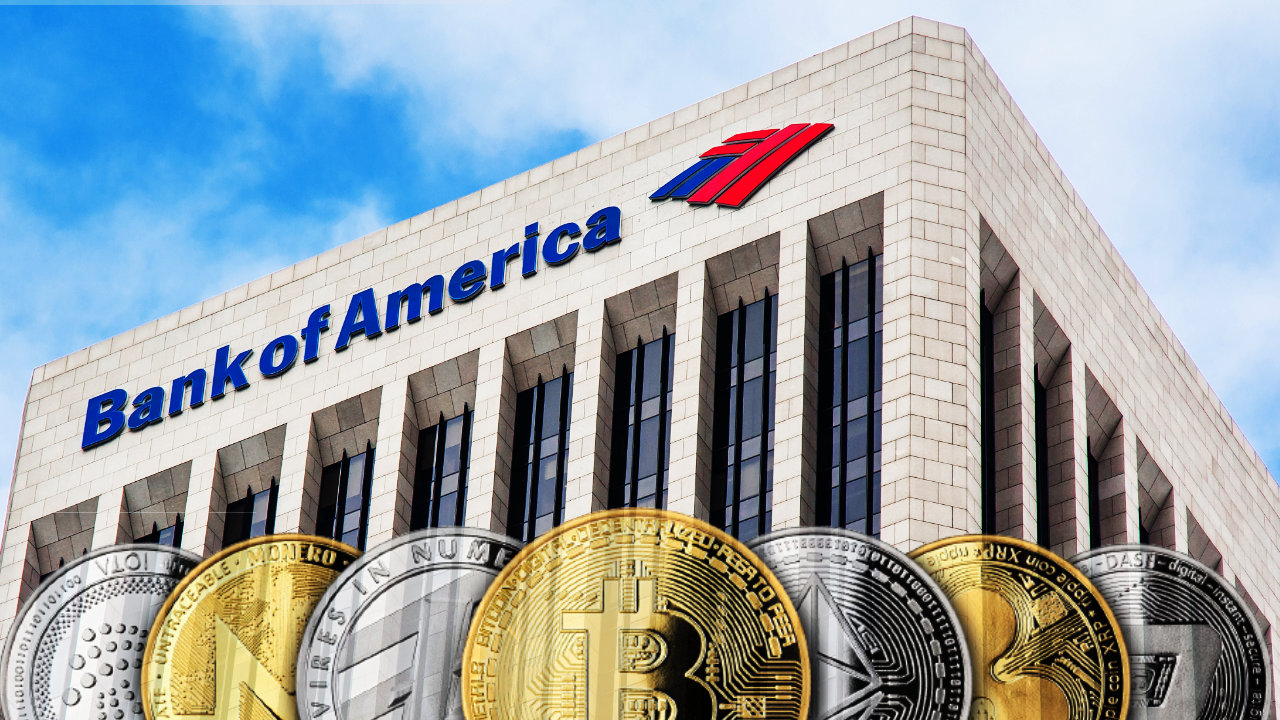Tokenized US Treasury Bonds on Bitcoin Layer-2s: A New Era of Financial Independence
The world of cryptocurrency has witnessed a significant milestone with the launch of tokenized United States Treasury bonds on Bitcoin layer-2 blockchains. This innovative move by crypto startup Hamilton marks a historic step towards financial independence, providing crucial exposure to emerging markets.
Bitcoin layer-2 blockchains offer scalability and functionality
The Hamilton U.S. T-Bills (HUST) will be available on the Stacks, Core, and BoB (Build on Bitcoin) Bitcoin layer-2 solutions. The first transaction with HUST occurred on July 4, according to a statement. This development combines the stability of the Bitcoin network with the reliability of the U.S. dollar, offering a yield better than stablecoin.
“Combining US Treasury bills with Bitcoin’s security and transparency marks a historic step towards financial independence, providing crucial exposure to emerging markets.” - Kasstawi, Hamilton co-founder and CEO
US Treasury bills offer a stable investment option
Tokenized real-world assets (RWAs), such as T-Bills, real estate, securities, and similar financial instruments, can participate in the Web3 economy by being swapped, transferred, and leveraged. They have reached $8 billion in total value locked. The U.S. Federal Reserve’s interest rate policy has made T-Bills competitive with stablecoin yields with a much lower risk.
The Web3 economy enables new opportunities for tokenized assets
Since 2023, the Bitcoin network has had three token standards. In addition to Bitcoin (BTC), Ordinals were introduced to enable the issuance of non-fungible tokens inscribed on satoshis. In April 2024, Runes was introduced to enable the issuance of altcoins directly on the Bitcoin blockchain.
Bitcoin token standards have evolved to support new use cases
The increased traffic on the Bitcoin network, leading to slower processing times and higher fees, has driven the development of Bitcoin layer-2 solutions. The Bitcoin layer-2 Lightning Network was developed to process BTC transfers faster than on layer-1.
Bitcoin layer-2 solutions enhance the network’s scalability and functionality
Layer-2s also make it possible to carry out smart-contract dependent decentralized finance, so-called BTCfi, on the Bitcoin network. HUST host Core DAO operates a layer-1 blockchain in addition to its BTC layer-2 solution, and has received support from cryptocurrency exchanges such as Bitget and MEXC.
Core DAO operates a layer-1 blockchain and a BTC layer-2 solution
This development marks a significant step forward for the cryptocurrency space, offering new opportunities for investors and paving the way for further innovation.














